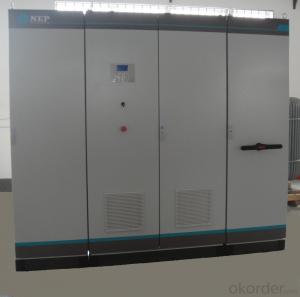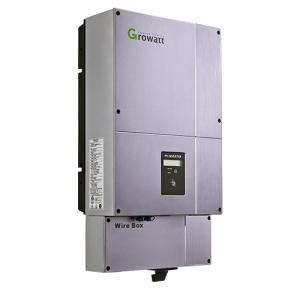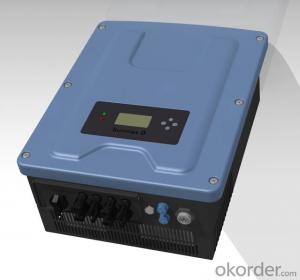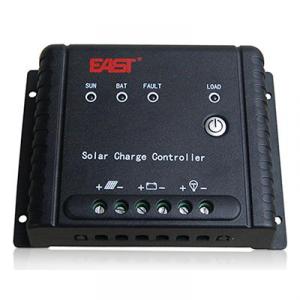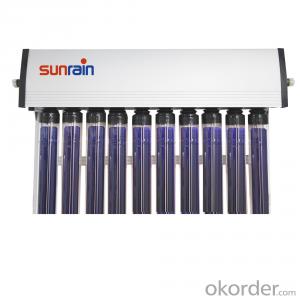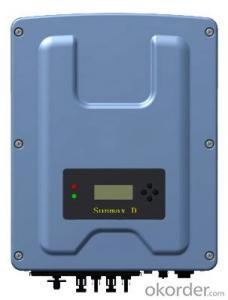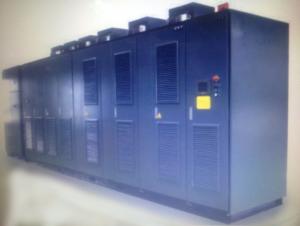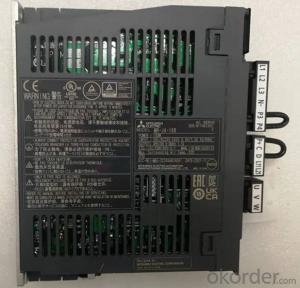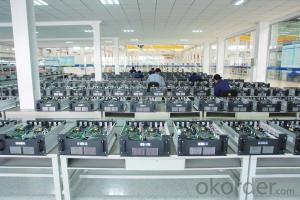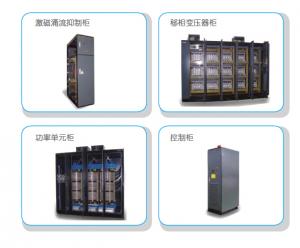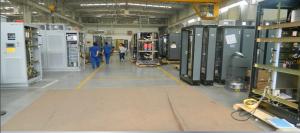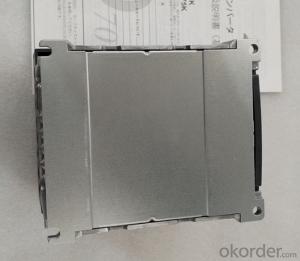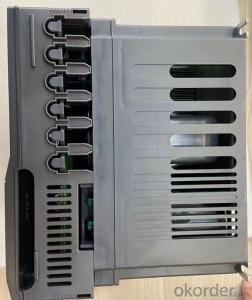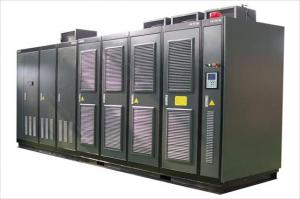Max Solar Inverter
Max Solar Inverter Related Searches
Max Power Solar Inverter Solar Max Inverter Solar Best Inverter Largest Solar Inverter Top Solar Inverter Powermax Solar Inverter Fox Solar Inverter Biggest Solar Inverter Solar X Inverter Maxpower Solar Inverter Best Inverter Solar Large Solar Inverter Big Solar Inverter Best Solar Inverter Solar Solar Inverter Solar Inverter Best Inverter Solar Power Solar Inverter Battery Solar Inverter Best Solar Power Inverter Power Inverter Solar Sun Solar Inverter Best Solar Battery Inverter Latest Solar Inverter Best Inverter For Solar Solar Battery Inverter Battery Inverter Solar High Power Solar Inverter Best Inverter Solar System The Best Solar InverterMax Solar Inverter Supplier & Manufacturer from China
Max Solar Inverter is a range of high-quality solar power inverters designed to convert the energy generated by solar panels into usable electricity. These inverters are engineered to optimize the performance of solar systems, ensuring efficient energy conversion and reliable power supply. They are widely used in residential, commercial, and industrial settings where solar energy is harnessed to reduce reliance on traditional energy sources and lower electricity costs.The Max Solar Inverter is particularly useful in scenarios where there is a need for a stable and continuous power supply, such as in off-grid systems or grid-tied applications with battery backup. These inverters are also ideal for use in areas with fluctuating energy demands, as they can adapt to varying levels of solar energy input. By integrating Max Solar Inverters into solar power systems, users can benefit from a more sustainable and cost-effective energy solution.
Okorder.com is a reputable wholesale supplier of Max Solar Inverters, offering a vast inventory to cater to the needs of various customers. With a commitment to quality and customer satisfaction, Okorder.com ensures that the Max Solar Inverters they provide meet the highest industry standards. This makes them a reliable source for those looking to invest in efficient and reliable solar power inverters for their energy needs.
Hot Products


